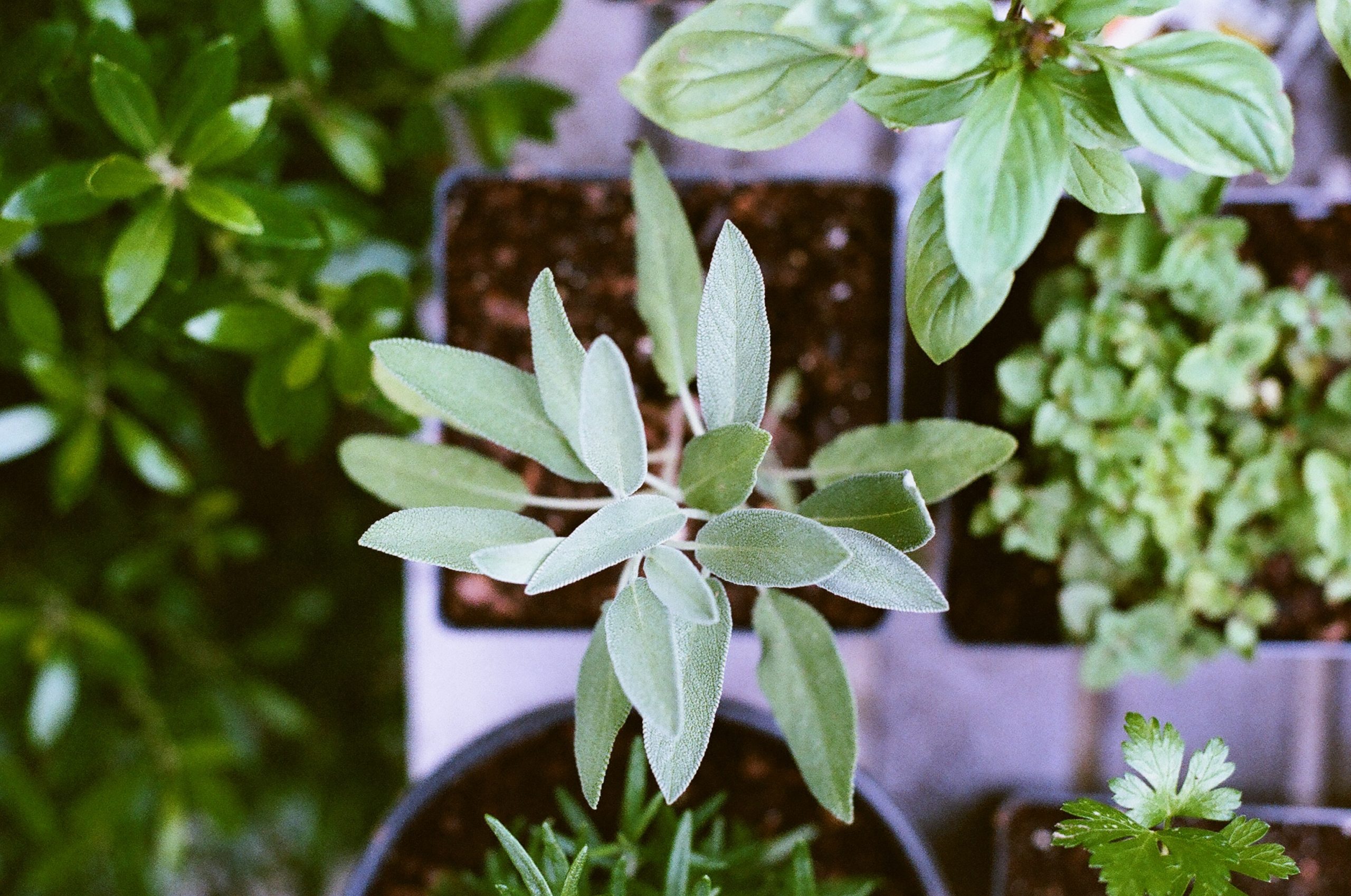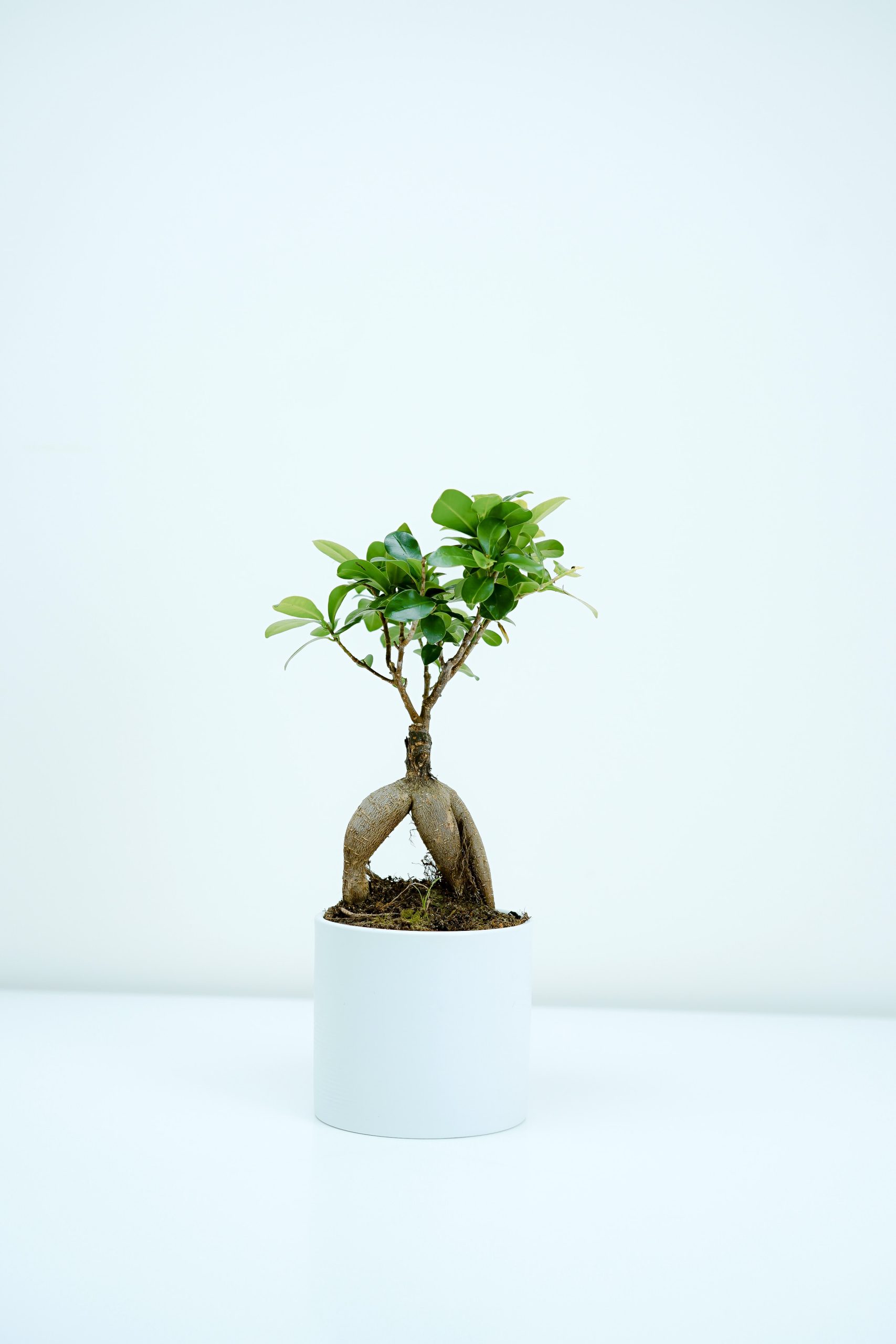Introduction:
One of the most rewarding experiences for gardeners and farmers alike is the joy of harvesting fresh fruits and vegetables. However, knowing the right time to harvest can be a bit tricky. Harvesting too early can result in underdeveloped produce, while waiting too long may lead to overripe or spoiled crops. In this article, we will explore some general guidelines and specific indicators to help you determine when your fruits and vegetables are ready for picking.
1. Observe the Color:
The color of fruits and vegetables can be a reliable indicator of their ripeness. For example, tomatoes should turn from green to red (or their specific color) when they are ready to be harvested. Similarly, bananas should have a yellow color with a few brown spots. On the other hand, some fruits, like watermelons, do not change color significantly, so it’s important to look for other signs of ripeness.
2. Check for Firmness:
The firmness of a fruit or vegetable can also provide valuable information about its readiness. Gently squeeze the produce to assess its firmness. For example, ripe avocados should yield slightly to gentle pressure, while unripe ones will feel hard. Similarly, cucumbers should be firm but not too hard, indicating that they are ready to be picked.
3. Assess the Texture:
The texture of fruits and vegetables can vary depending on their ripeness. For instance, ripe peaches should have a slightly soft texture when gently pressed. However, if they feel too mushy, they may be overripe. Similarly, ripe apples should have a crisp texture, while unripe ones will be hard and lack flavor.
4. Smell the Aroma:
The aroma of fruits and vegetables can be a good indicator of their ripeness. Ripe fruits often emit a pleasant and distinct fragrance. For example, a ripe pineapple will have a sweet and tropical aroma. On the other hand, unripe fruits may have a faint or no smell at all. Trust your sense of smell to determine if your produce is ready for harvest.
5. Look for Harvesting Cues:
Certain fruits and vegetables have specific cues that indicate they are ready to be harvested. For example, melons should have a dried-out stem and a hollow sound when tapped. Onions and garlic should have yellowing tops and dry outer skins. Carrots and radishes should have a plump appearance and be easy to pull out of the ground.
Conclusion:
Knowing when to harvest your fruits and vegetables is crucial to ensure optimal flavor and nutritional value. By observing the color, checking for firmness, assessing the texture, smelling the aroma, and looking for specific cues, you can confidently determine when your produce is ready for picking. Remember, these guidelines are general, and each fruit or vegetable may have its own unique indicators of ripeness. Happy harvesting!









